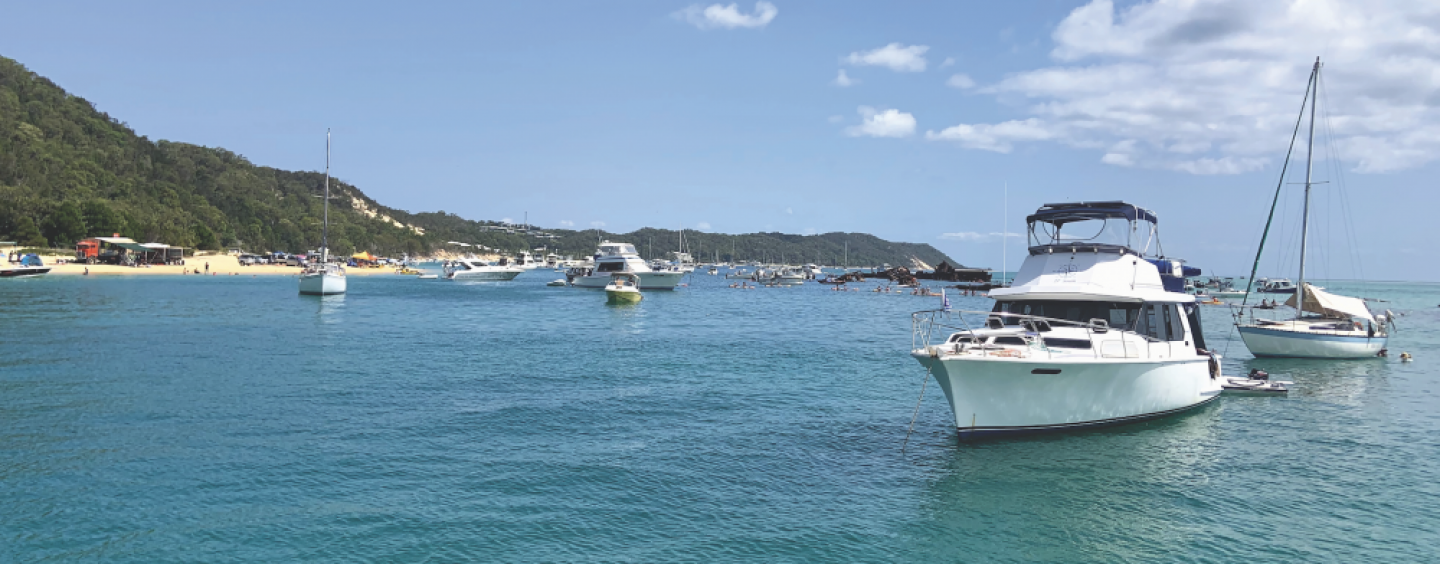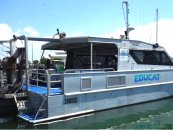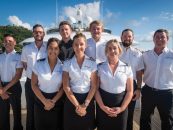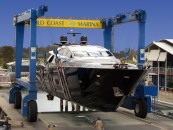Moreton Bay and its catchments is one of Australia’s most important coastal and cultural resources. The Bay is a popular recreational asset due to its diversity of wildlife, habitats and seascapes. It supports diverse industries including fisheries, aquaculture, port services and tourism. Moreton Bay is the land of several traditional owner nations, including the Quandamooka peoples. Amazingly, Moreton Bay has more visitors each year than the Great Barrier Reef.
Moreton Bay has diverse and significant ecology. Ranging from shoreline mudflats and mangroves to off-shore seagrass beds and coral reefs, the area protects valuable prawn and fish nurseries, through to migratory birds.
In 1993, large areas of Moreton Bay were recognised as wetlands of international significance under the Ramsar Wetland Convention 1971. Over 40 species of shorebirds use its intertidal habitats including numerous migratory species listed by international migratory bird conservation agreements – the Moreton Bay Ramsar site supports more than 50,000 wintering and staging shorebirds during the non-breeding season. These migratory birds, some smaller than a cricket ball, travel from the northern hemisphere, including Siberia, to feed in Moreton Bay. Moreton Bay’s wetlands are classified by BirdLife International as an Important Bird Area.
The Queensland government also declared parts of Moreton Bay as Marine Park in 1993. This marine park zoning plan was renewed in 2008 and remade in 2019. Moreton and St Helena Islands are also protected as National Parks.
The Bay supports large numbers of the nationally threatened green turtle, hawksbill turtle and loggerhead turtle. It is among the top ten habitats in Queensland for the internationally vulnerable dugong.
The pressures on the bay include water quality impacts from upstream catchments and habitat loss due to development. An increasing threat to the safety of Moreton Bay turtles and other marine life is being struck by boats as propeller injury can cause death. In response to these pressures and a concern for the long-term health of the bay, The Moreton Bay Foundation was recently launched. Their vision is for Moreton Bay to be an international treasure, known for its excellent environmental health, biological diversity, and ecological sustainability, its innovative robust and resilient economy, and its Indigenous culture and heritage.
Moreton Bay is a unique jewel of biodiversity, cultural heritage, and aesthetic beauty; not only on a local scale but on a world scale. Protecting the fragile environment of Moreton Bay is important so we can enjoy this wonderful resource into the future. We should all be concerned about preserving it, and the work of The Moreton Bay Foundation will give the Bay the voice it needs.
For more information on how you can be more involved, visit moretonbayfoundation.org.
Moreton Bay Statistics
● Bay Area – 3,400km2
● Width – 40km
● Catchment Area – 22,700km2
● Rivers – Logan-Albert, Brisbane, Pine, Marrochy
● Tidal Range – up to 2m
WHAT IS THE RAMSAR CONVENTION?
The Convention on Wetlands of International Importance holds the unique distinction of being the first modern treaty between nations aimed at conserving natural resources. The signing of the Convention on Wetlands took place in 1971 at the small Iranian town of Ramsar. Since then, the Convention on Wetlands has been known as the Ramsar Convention.
In designating a wetland as a Ramsar site, countries agree to establish and oversee a management framework aimed at conserving the wetland and ensuring its wise use – broadly defined as maintaining the ecological character of a wetland.
www.environment.gov.au/water/wetlands/ramsar
Main image by Andy Kancachian
Published in the August – November 2020 print edition.






























